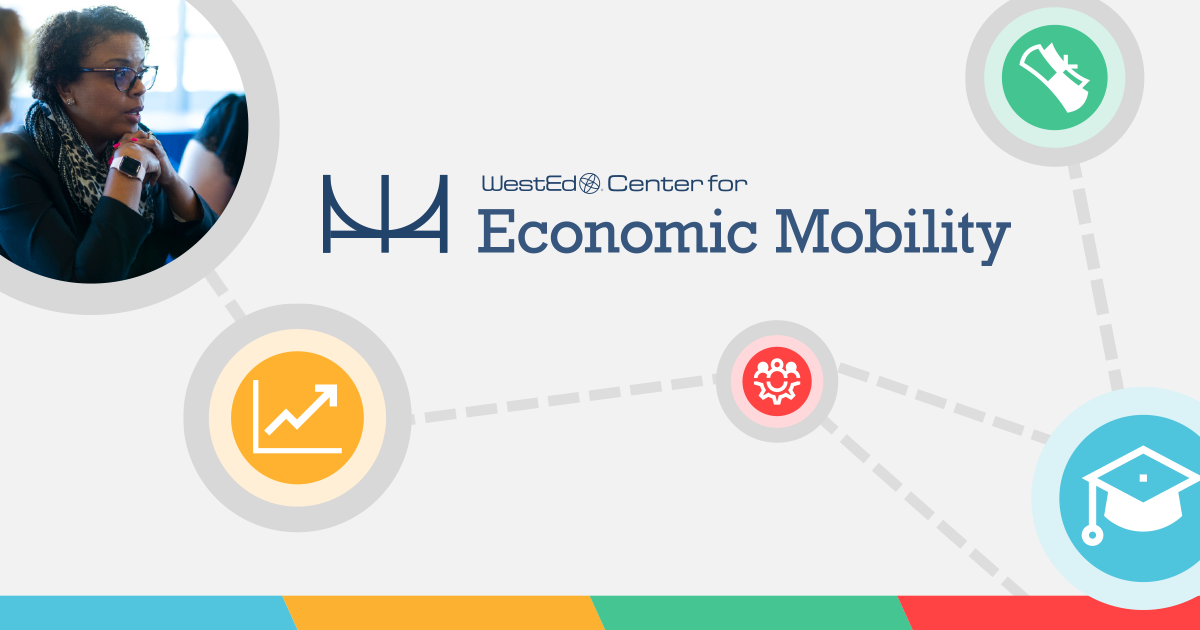What If We Focused on Financial Aid for All as a Primary Lever for Equitable College Access?
Posted on

This post was originally published by WestEd’s Center for Economic Mobility.
By Rachel Antrobus
The cost of higher education has been rising steadily in recent years, making it even more difficult for many students to afford college and further exacerbating the economic divide. We know that students who complete the Free Application for Federal Student Aid (FAFSA) are more likely to enroll in higher education, persist in their coursework, and obtain a degree. The students who stand to benefit most, including first-generation students and those with low income, are the least likely to complete the FAFSA. The effect of filing a FAFSA is more significant among Pell Grant-eligible students of low income because these FAFSA filers have 122 percent higher odds of persisting compared to their peers of lower income who did not file a FAFSA.
Starting in the 2024–25 application, the FAFSA will be significantly streamlined to reduce the burden on students and families. The FAFSA is the primary conduit of access to federal financial aid programs, including federal grants, loans, and work-study programs. However, completing the FAFSA can be a daunting task for many students and their families. The application requires detailed financial information, and many families may not know how to complete it accurately and meet the time-sensitive deadlines. In California, the California Dream Act allows undocumented students to receive certain types of financial aid and allows eligible students to pay in-state tuition at any public college, but they must first complete the California Dream Act Application (CADAA). More than one third of high school seniors fail to complete the FAFSA and leave an estimated $3.4 billion in financial aid on the table.
In tandem with changes to the 2024–25 FAFSA, California recently passed interconnected legislation focused on supporting the financial aid process. One of the policies, AB 469, requires local education agencies to ensure high school seniors complete a financial aid application, starting with the class of 2023. Recognizing the critical role high school staff play in financial aid, a group of college access providers and advocates partnered to leverage support for students and schools. Funded by College Futures Foundation and led by uAspire, their aim is to amplify best practices, understand the needs of schools, and identify efficient ways to use financial aid data to actualize the goal of reaching 100 percent of California high school seniors completing the FAFSA or CADAA.
To provide resources for schools and counselors, the Financial Aid for All (FA4All) coalition, leveraged one coalition member’s (Education Trust-West) existing financial aid toolbox that contains key strategies to increase and sustain FAFSA/CADAA completion rates. Based on these foundational success components, coalition members, including CaliforniaColleges.edu, California Student Aid Commission, NextGen Policy, and WestEd, synthesized the best practices and policies occurring in schools and districts. The fa4allca.org website highlights practices and policies that are effective in equitably improving financial aid awareness and completion and provides a practitioner-focused inventory and a resource library. On the site, schools and partners can complete a quick self-assessment and receive a set of curated resources designed to aid in the pursuit of reaching 100 percent FAFSA and CADAA completion.
The long-term impact of these policies and efforts are unclear, but the future looks bright. Increasing the FAFSA/CADAA completion rates for all students is an ambitious and important step in making college, and the careers requiring college degrees, more accessible to students with low income. The efforts in California seem to be making a difference; 8 percent more high school seniors completed a FAFSA or CA Dream Act application by the March 2 deadline in 2023 than they did in 2022.
But even with this success, we cannot let up. It is more important than ever for each of us to find our role in supporting students to complete college. Higher education in a just society must be attainable to everyone, and by focusing on financial aid we can reduce one important barrier students have to reaching their dreams.
